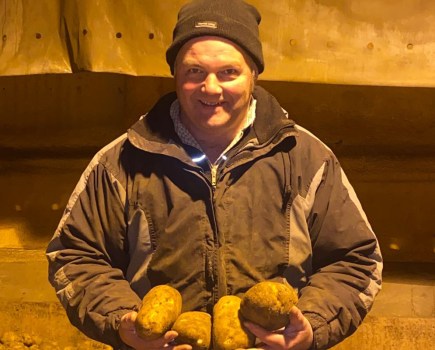By Guy Smith
I’ve never been one to get over excited about elections, but when they do come around, I usually summon up the energy to troop to St Osyth village hall to put my pencilled mark against my selected candidate.
They seldom turn out to be the winning candidate, but nonetheless my civic duty is done. My constituency is Clacton-on-Sea which used to be a quiet coastal backwater that didn’t feature much in the political firmament during election night coverage.
In the Thatcher years my constituency would return the Tories and under Blair it duly returned Labour. But then in the 2010s, little old humdrum Clacton was suddenly thrust into the political limelight when UKIP identified it as the perfect launch pad for Brexit politics. To this day it’s the only constituency to have returned a UKIP MP in the form of Douglas Carswell in the 2015 election.
Just as things returned to ‘normal’ with a Tory winning in 2017 and 2019, lo and behold in 2024 Clacton is back as an electoral focal point as Nigel Farage has expressed a dubious determination to become its new champion.
As I write, he’s just had milkshake poured over him as he strutted along Clacton sea front while encircled by a throng of cameras. It’ll probably be as close to dairy farming issues as he’s ever likely to get.
So what’s all this to do with farming I hear you ask? Not much is the honest answer, but let’s face it, UK elections never have much to do with agriculture. However, what is notable about this upcoming election, is that you could argue it’s the first in my lifetime where agricultural policy will be the plaything of Westminster rather than Brussels.
While it’s true that the 2017 and 2019 elections were post-Brexit, it’s taken this long to shake the vestiges of the CAP out of the system. It’s probably true to say it’s the first election since 1970 – which put Ted Heath into Number 10 – where the winning party will hold the political strings that colour our fortunes as farmers.
More emphatically, if the polls are right, it’ll certainly be the first election since 1966 that puts a Labour Government firmly in charge of English farm policy.
The 1960s were a rather long time ago – you’d have to be well into your eighties to have voted in the March 1966 general election. Very few today would recollect Fred Peart as Minister of Agriculture (N.B, why you don’t get politicians called Fred anymore?).
Back then, the central building block of agricultural policy was the price support system whereby farmers would receive deficiency payments if key commodities such as wheat and barley failed to achieve target prices on the open market. On top of this, there were a myriad of grants for farm productivity improvements such as drainage, machinery purchases and hedge removal. It was a policy that could be traced back to the post-war Labour government of 1945 and was a policy that encouraged farm production.
For farmers of my grandfather’s generation who farmed in both the pre- and post-war decades, there was a perception that farmers did better under a Labour government rather than a Tory one. This was possibly a generalisation which overlooked the Tory administrations of the 1950s, but it was true that the post-war Labour government embraced food production and UK farm productivity with a good deal more vigour than the pre-war Tory administrations.
Whether this political fervour for agricultural production can still be found in the Labour Party fifty years later, when for the first time in two generations they have the chance to write a Westminster-based farm policy, remains to be seen.
At the moment, our farm policy is dominated by schemes which pay farmers to take land out of production – it’s a complete reversal of what happened in the post-war years. I’d argue this policy has been brought in by a Tory government that’s made no attempt to properly understand the impact this will have on the UK agricultural industry or our food security.
Maybe, just maybe, 2024 will be a re-set year. Meanwhile back in Clacton, I suspect I’ll be voting for a losing candidate again.
This article was taken from the latest issue of CPM. For more articles like this, subscribe here.
Sign up for Crop Production Magazine’s FREE e-newsletter here.




